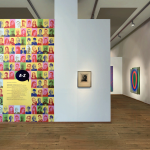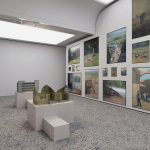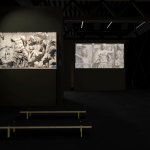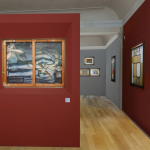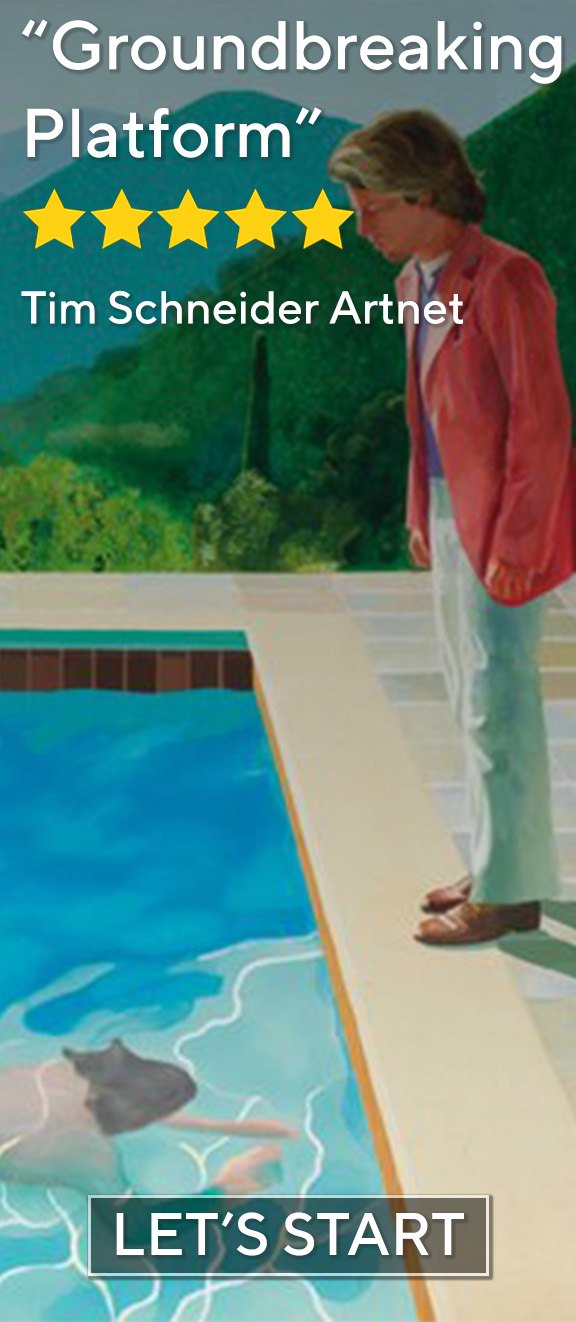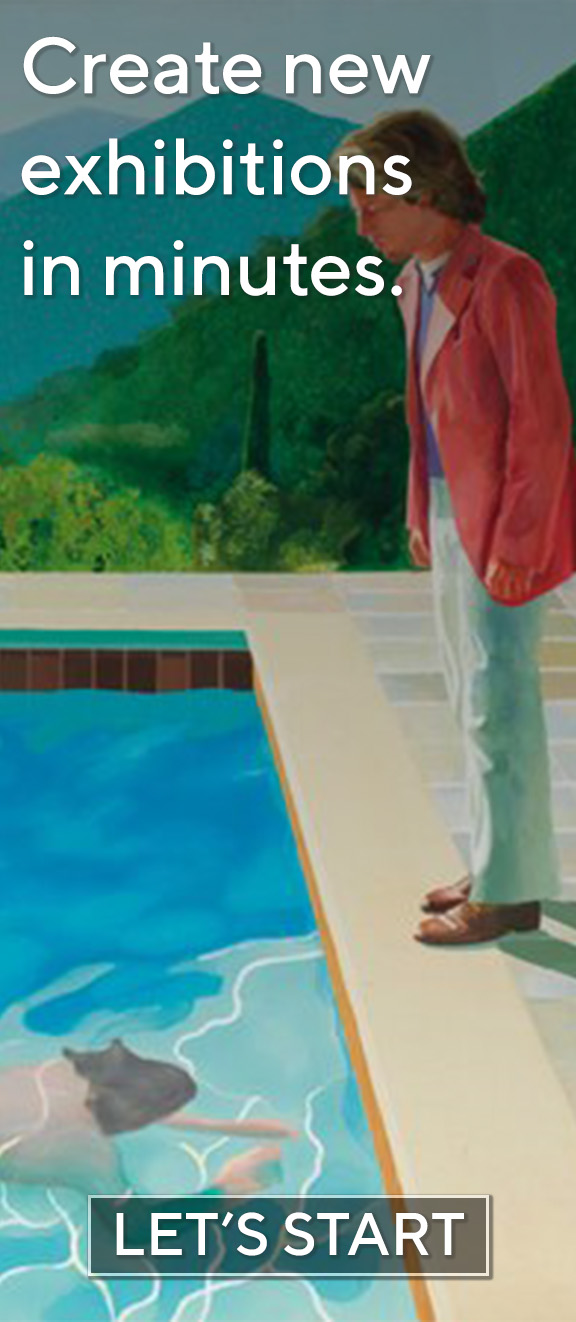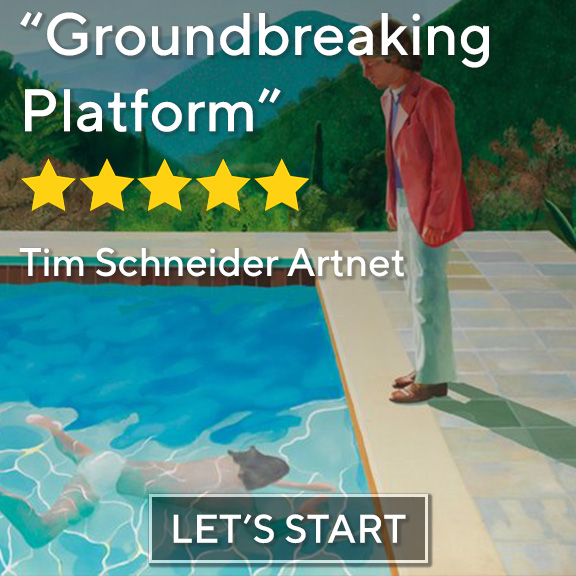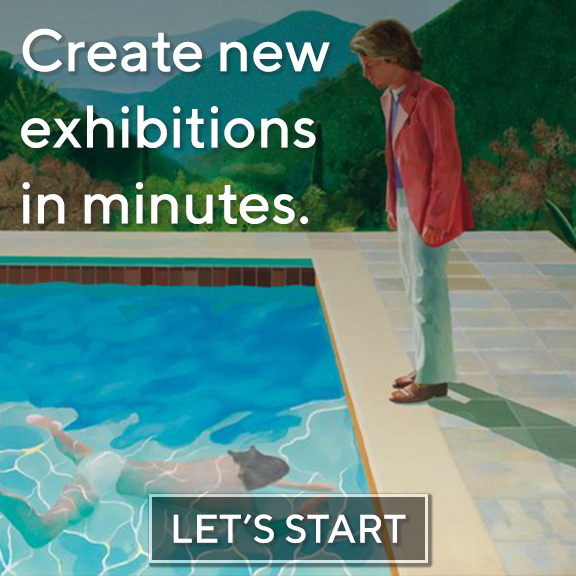“A Centennial Exhibition“ by Roy Lichtenstein was on view from March 8 2024 until July 14 2024, at Albertina Museum, Vienna.
In the digital age where advertising shapes our perception and reality is mediated through screens, Roy Lichtenstein’s centennial exhibition at the Albertina Museum in Vienna serves as a poignant reflection on the intersection of art and mass culture. Curated with precision and insight, the exhibition spans decades of Lichtenstein’s prolific career, showcasing his evolution from comic-inspired parodies to complex explorations of abstraction and perception. The show not only honors Lichtenstein’s legacy but also recontextualizes his work within today’s hyperreal landscape, where signs and simulacra often replace tangible experience.
Divided into thematic rooms, the exhibition moves from his early Pop Art critiques of Abstract Expressionism to later meditations on reflection, distortion, and artistic gesture. Each section reveals how Lichtenstein dissected the visual language of his time, transforming banal imagery into high art. Through this retrospective, viewers are invited to reconsider the boundaries between fine art and commercial aesthetics—a conversation that remains urgent in our image-saturated world.
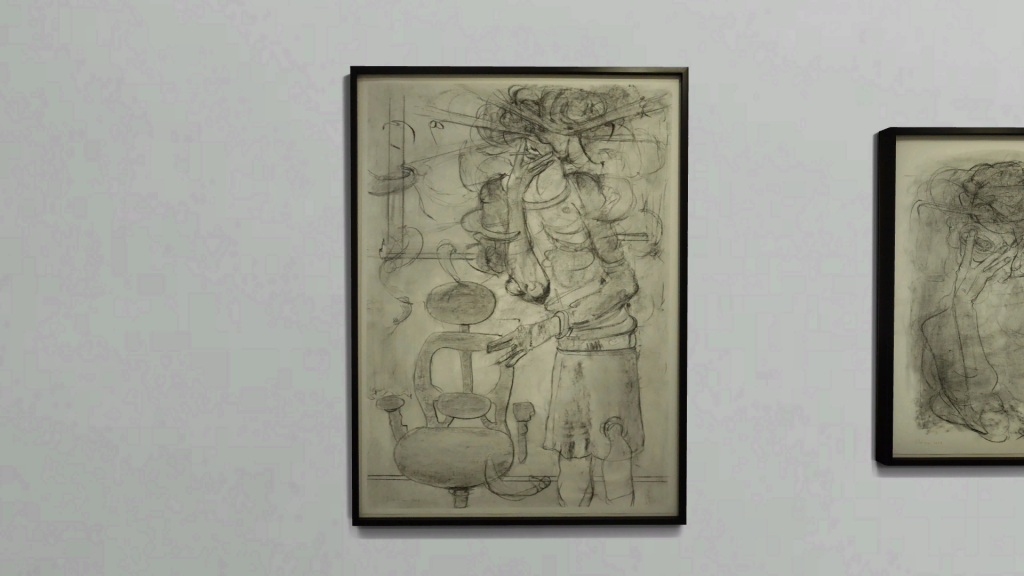
One standout piece, “Little Big Painting” (1965), exemplifies Lichtenstein’s subversive take on Abstract Expressionism. By exaggerating the expressive brushstroke into a flat, mechanical motif rendered in Ben-Day dots and bold outlines, he mocks the myth of the artist-genius and the cult of spontaneity. The painting’s oversized scale and comic-book aesthetic contrast sharply with the emotional gravitas typically associated with gestural abstraction. Rather than dismissing expressionist ideals, Lichtenstein reframes them within the logic of mass reproduction, revealing how even the most personal artistic gestures can be commodified.
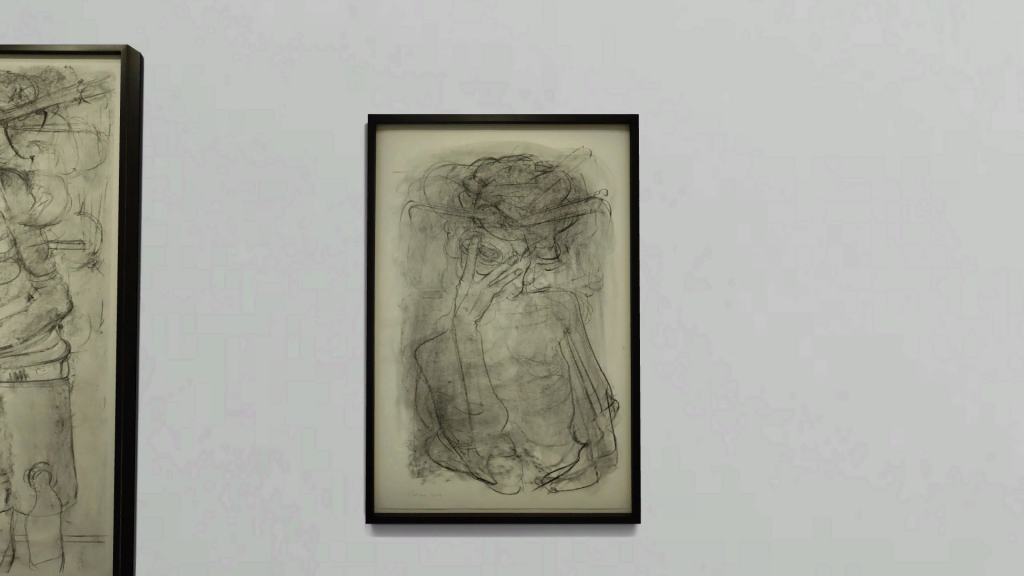
Another key work, “Study for Reflection on ‘Hair’ “ (1989), demonstrates how Lichtenstein continued to push conceptual boundaries long after Pop Art’s initial wave. Part of his late-1980s Reflections series, this collage-like composition layers metallic paper, pencil, and painted cardboard to explore distortions of light and perception. The fragmented depiction of hair—stylized yet disorienting—plays with spatial illusion, inviting viewers to question what is real and what is constructed. This piece reflects Lichtenstein’s enduring fascination with how images are perceived and transformed across media.
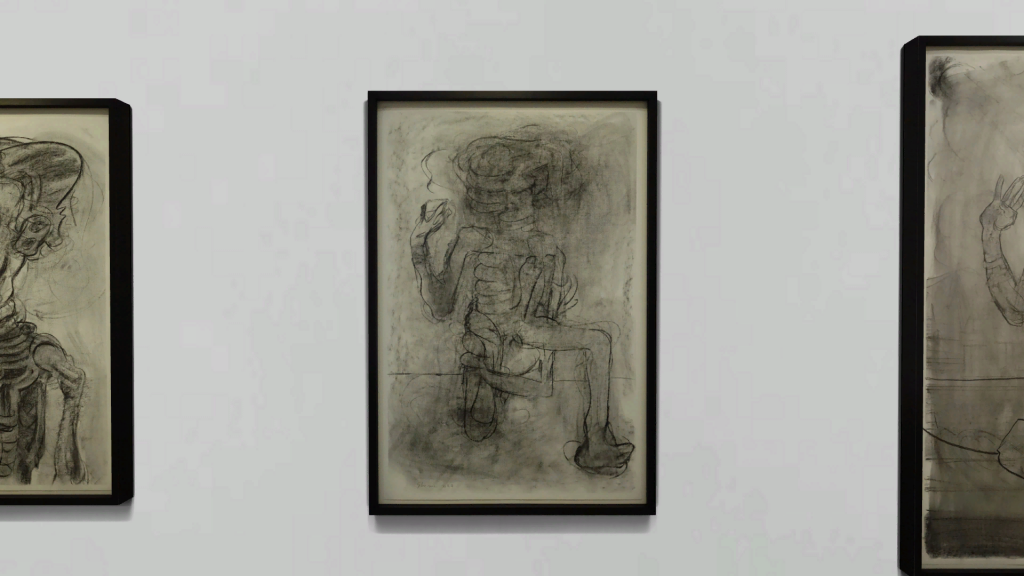
“Brushstroke Group (Maquette)” stands out as a compelling replacement for Brushstrokes in Flight , offering a more intimate yet conceptually rich exploration of Lichtenstein’s fascination with the painter’s gesture. Rendered in graphite on cardboard, this maquette distills the expressive brushstroke into a modular, spatial arrangement, transforming what was once an emblem of artistic spontaneity into a repeatable, sculptural unit. Unlike the fluid motion suggested by Brushstrokes in Flight , Brushstroke Group presents a tightly composed cluster of strokes, suggesting both unity and mechanical repetition. This shift underscores Lichtenstein’s broader critique of Abstract Expressionism—not through outright parody, but through a precise deconstruction of its visual language. By framing the brushstroke as a design element rather than an emotional release, Lichtenstein questions the myth of authenticity in modern art, a theme that resonates throughout the centennial exhibition..
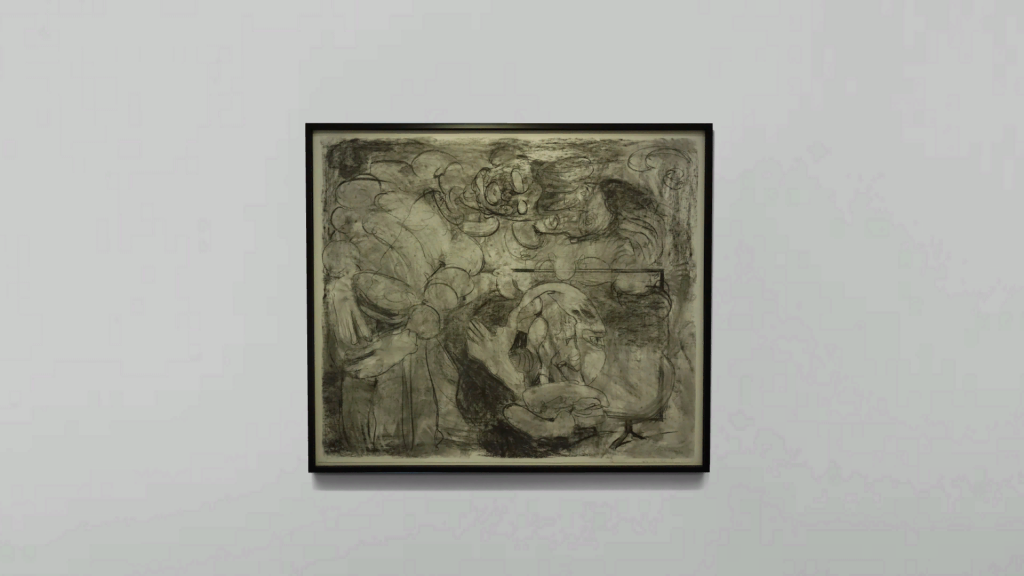
A particularly compelling installation is the “Modern Tapestry” series, where Lichtenstein fuses Pop sensibilities with textile traditions. One work features a central stylized face adorned with red-and-white dot patterns, surrounded by geometric shapes and vibrant color fields. The interplay of repetition, rhythm, and optical effects evokes both Op Art and traditional weaving techniques. This synthesis underscores Lichtenstein’s ability to navigate multiple visual vocabularies, reinforcing his role as a cultural translator who elevated consumerist iconography into the realm of fine art.
“His work resonates now more than ever, in an age where digital filters and algorithmic feeds shape our understanding of authenticity.”
Lichtenstein’s genius lay in his capacity to decode and reassemble the visual codes of his era. Whether parodying the bravado of Abstract Expressionism or deconstructing the mechanics of printed media, he consistently revealed the artificiality behind seemingly spontaneous artistic gestures. His work resonates now more than ever, in an age where digital filters and algorithmic feeds shape our understanding of authenticity. Much like the music of Duke Ellington or Louis Armstrong—who bent musical scales to create jazz—Lichtenstein played with visual conventions to forge a new artistic language that was neither wholly American nor European, but something entirely transformative.


